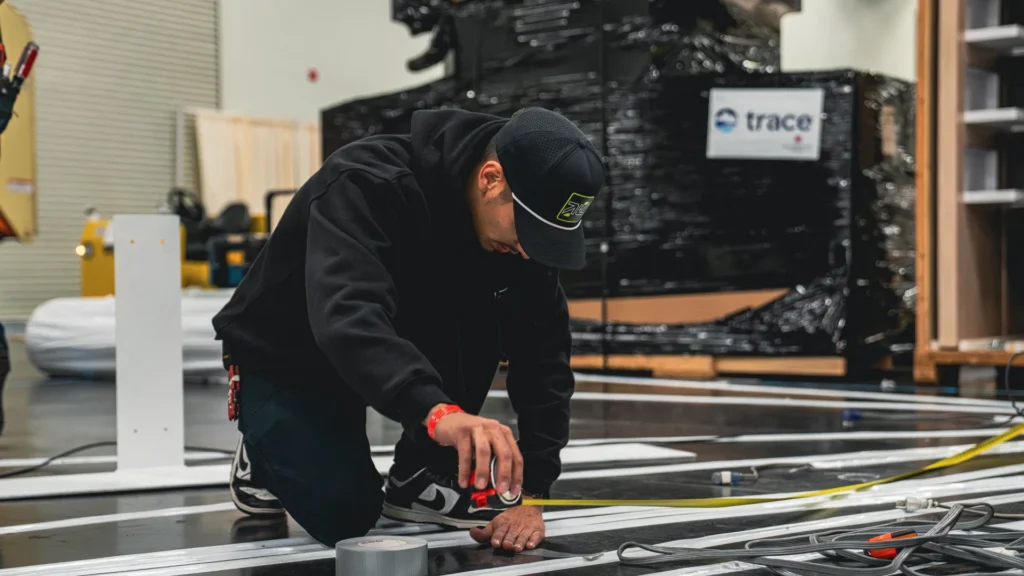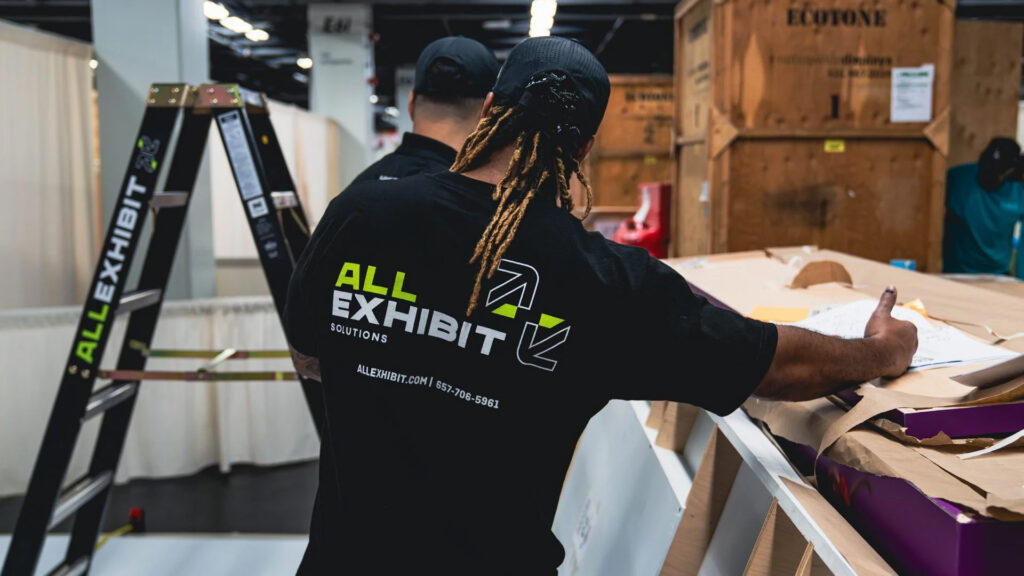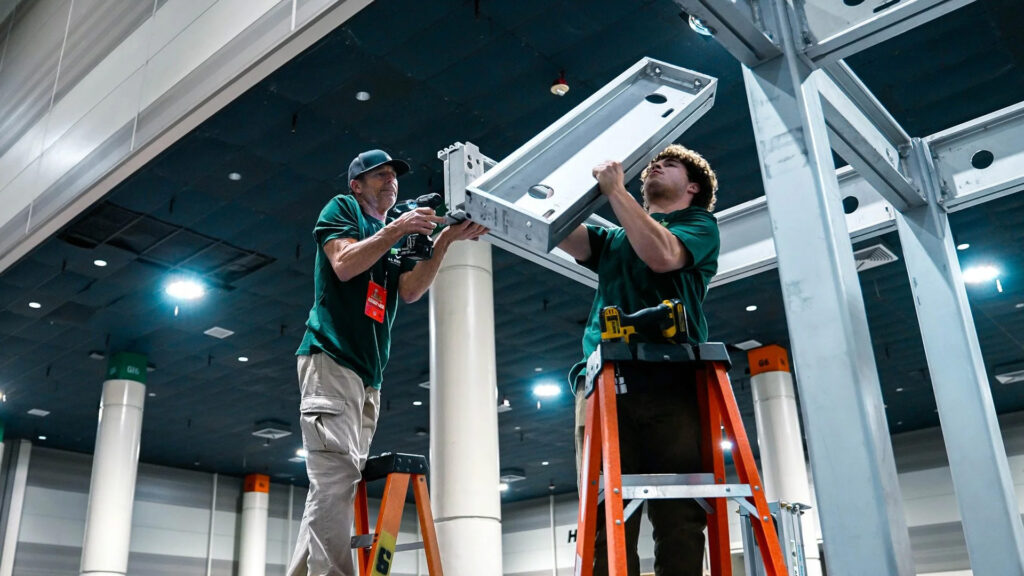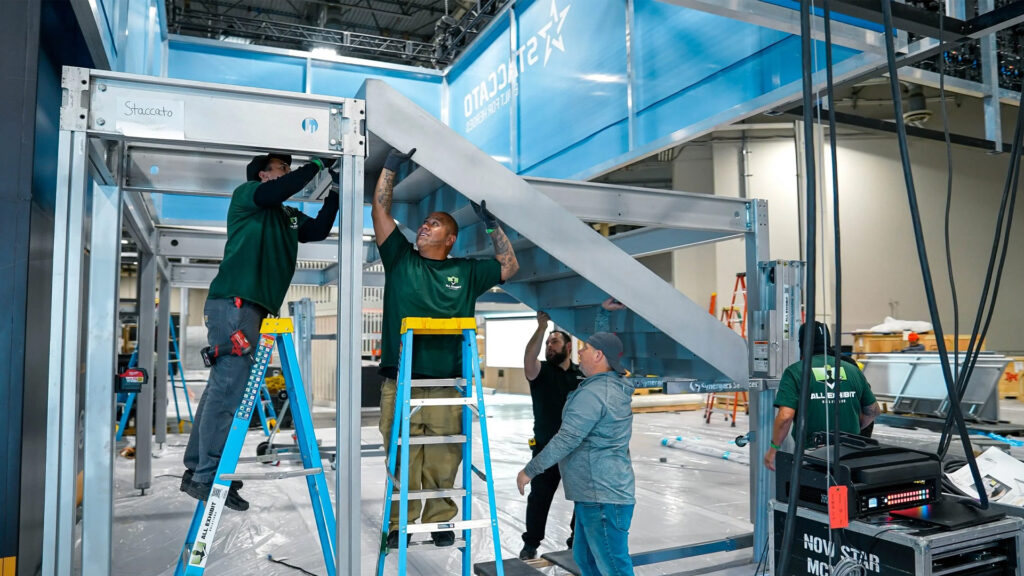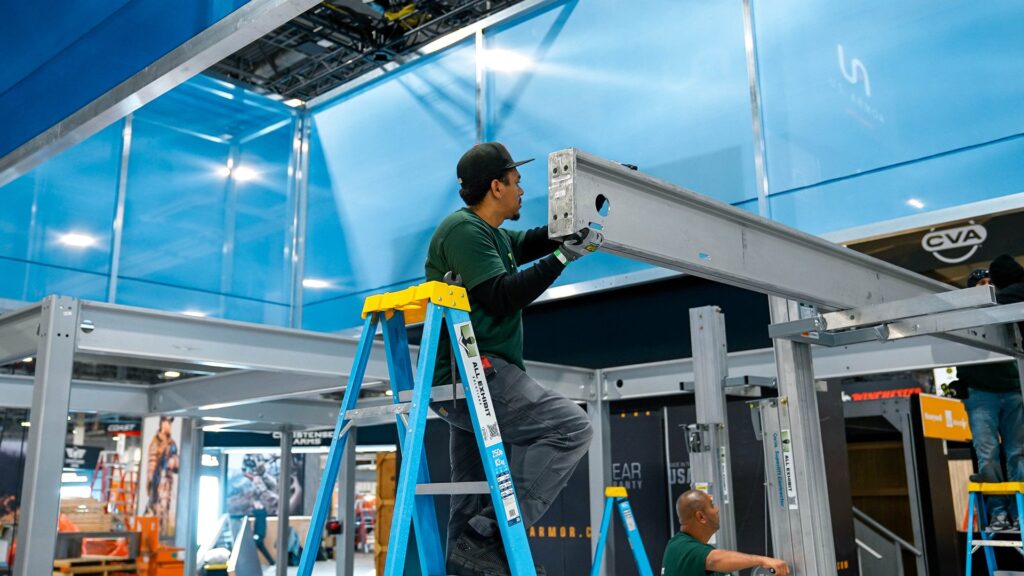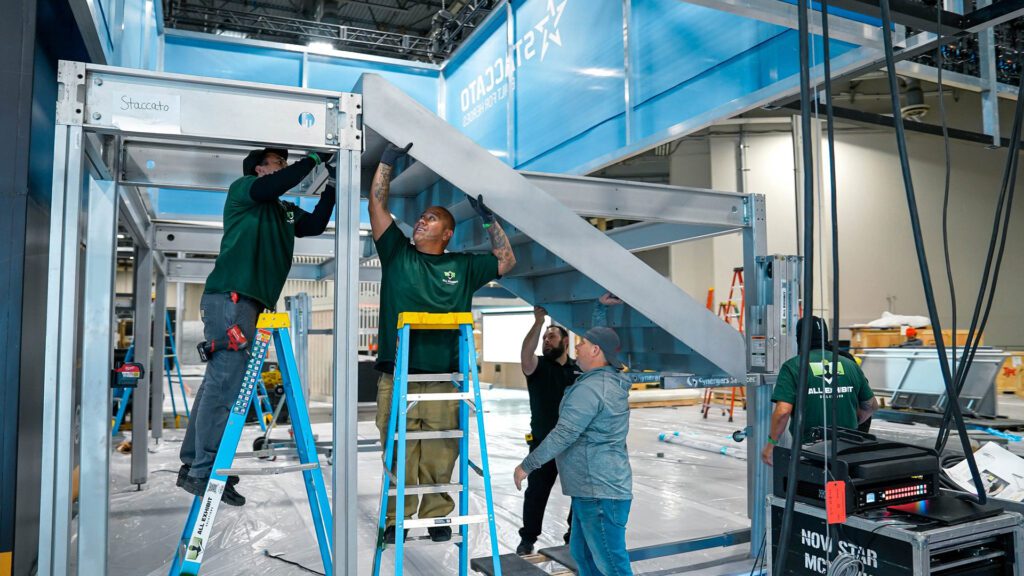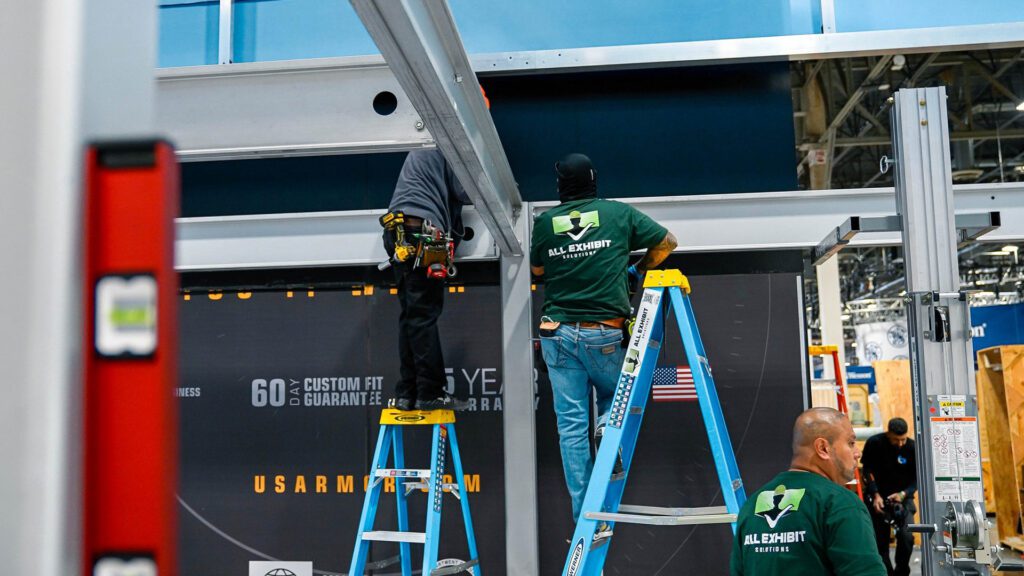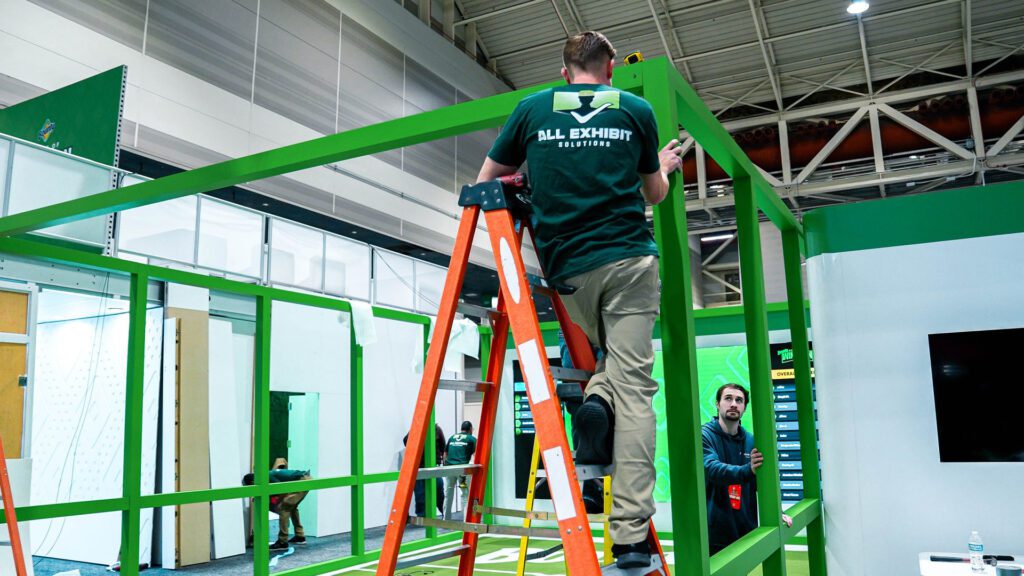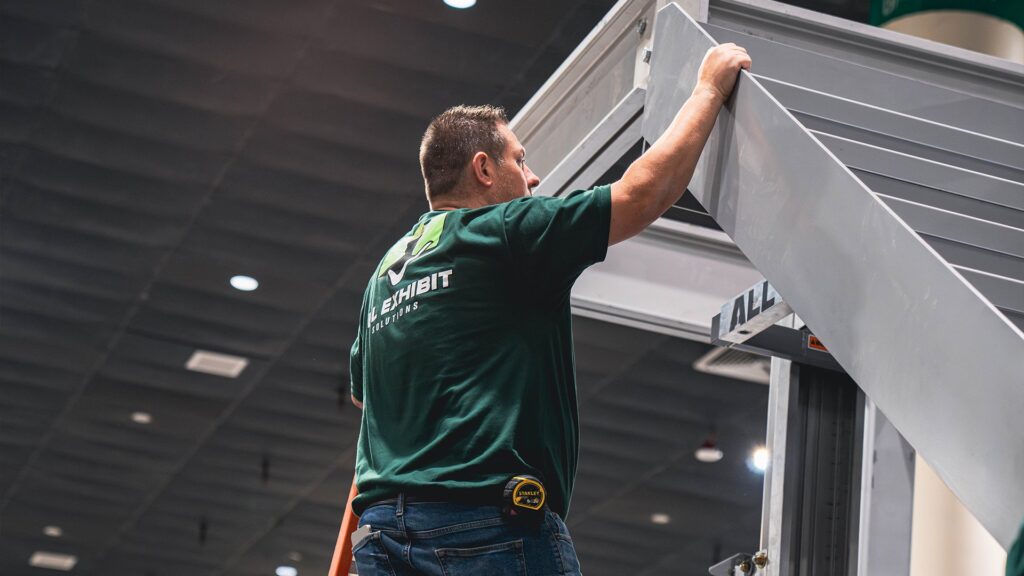Introduction
Trade shows can be an incredibly rewarding experience for businesses looking to expand their reach, increase brand awareness, and generate leads. However, getting the most out of a trade show doesn’t just happen by accident. Successful participation requires detailed planning and preparation. It’s not just about having an attractive booth and a friendly smile; it’s about coordinating multiple elements to ensure everything runs smoothly and you meet your objectives. So, what are the most critical elements you need to plan for? Let’s dive in.
Set Clear Goals and Objectives
Before diving into the logistics of your trade show, you need to clarify your goals. What do you want to achieve by attending this event? Are you looking to grow your mailing list, generate qualified leads, or build strong brand awareness? The goals you set will influence every decision you make, from the size and design of your booth to how you train your staff.
When setting these goals, think in terms of SMART objectives: Specific, Measurable, Achievable, Relevant, and Time-bound. Rather than saying, “I want more leads,” go for something concrete like, “I want to capture 50 qualified leads by the end of the event.” Having specific goals will help guide your planning, making it easier to align your budget, marketing strategy, and team efforts toward a common outcome.
Additionally, knowing your objectives from the get-go will allow you to measure your trade show success afterward. Whether it’s lead generation or increasing brand exposure, clear objectives set the framework for planning the rest of your event strategy.
Budget Wisely for Your Trade Show
Budgeting may not be the most exciting part of planning a trade show, but it’s undoubtedly one of the most critical. Without a clear and realistic budget, things can quickly spiral out of control, and you might find yourself overspending or even running out of resources halfway through the event.
Your budget should cover everything: booth design, installation, marketing, travel, and staff training. A well-organized budget will help you manage your resources effectively. It’s important to break down your expenses into categories and anticipate any unforeseen costs, such as last-minute signage or materials.
If you’re working with a limited budget, prioritize your spending. Consider allocating more funds to critical areas like securing a prime booth location or marketing efforts that drive traffic to your booth, while cutting back on extras like expensive giveaways or transportation options. It’s helpful to allocate approximately 30-35% of your budget toward your booth (design, construction, installation, and dismantling), 20-25% toward marketing, and around 15-20% for staffing.
Secure the Right Booth Space
The importance of booth location can’t be overstated. The right location can be the difference between a booth buzzing with activity and one that’s barely noticed. When planning for a trade show, the earlier you can book your space, the better. Prime locations often sell out fast, and many trade show organizers allow you to reserve your spot months in advance.
Look for high-traffic areas, such as spaces near the entrance, along main aisles, or next to industry leaders who are sure to attract a crowd. These spots tend to draw more foot traffic, increasing the chances of meaningful interactions with potential customers.
The size of your booth is another factor to consider. While it may be tempting to book a large space, it’s more important to focus on quality over quantity. A smaller, well-designed booth is often more impactful than a large, empty one that feels unfinished or sparse. Make sure you select a space that complements your budget and allows you to present your products or services effectively.
Design a Show-Stopping Booth
Your booth design plays a major role in attracting attendees. In a crowded trade show, first impressions matter, and your booth is often the first touchpoint potential customers will have with your brand. To stand out from the crowd, your booth design should be both visually appealing and functional.
Invest in high-quality signage, lighting, and graphics that clearly communicate your brand and what you offer. A well-branded booth ensures that attendees know who you are and what you do, without having to ask. Consider incorporating interactive elements such as product demos, touchscreens, or virtual displays to engage visitors and keep them at your booth longer.
It’s also worth considering the comfort factor. Trade shows are often long events, and attendees will appreciate a place to sit, relax, or charge their devices. Offering such amenities not only attracts visitors but also increases the amount of time they spend in your booth, giving you more opportunities to interact with them.
Trade Show Booth Installation and Dismantling: Get It Right
One of the most challenging aspects of trade shows is setting up and dismantling your booth. While it might seem straightforward, booth installation and dismantle services are more complex than they appear. There are often strict venue regulations, tight deadlines, and technical issues that need to be managed. The last thing you want is to be caught up in logistical issues when you should be focusing on preparing your team for the show.
This is where a professional team like All Exhibit Solutions can save the day. Experienced booth installers ensure that your booth is set up correctly, on time, and in compliance with all venue rules and safety regulations. This gives you peace of mind, allowing you to concentrate on networking, meeting with potential clients, and fine-tuning your marketing strategy.
After the show, the teardown process is just as critical. You’ll likely be eager to get back to the office, and a professional dismantle crew can efficiently pack up your booth and prepare it for the next event. This also ensures that none of your valuable booth materials are damaged during the breakdown.
Train Your Staff to Shine
A beautifully designed booth is only as good as the people working in it. Your booth staff is the face of your company during the trade show, and how they interact with attendees can make or break your success.
Make sure your team is well-trained to engage with visitors, answer questions, and showcase your products or services. Staff should be knowledgeable, approachable, and equipped to pitch to potential clients. It’s also helpful to assign specific roles, such as having someone dedicated to handling product demos while another collects contact information for lead generation.
Training should focus on open-ended questions that spark conversation and help qualify leads. By engaging visitors in meaningful discussions, your staff will be better positioned to build relationships that can lead to post-show conversions.
Promote Before the Show Starts
Promotion doesn’t start when you set foot on the trade show floor—it begins long before. Pre-show marketing is essential for driving traffic to your booth and creating excitement around your presence at the event.
Consider using email campaigns, social media posts, and targeted ads to promote your participation. Collaborating with the event organizers to feature your brand in official event materials can also give you a leg up in terms of visibility. Offering exclusive promotions, giveaways, or discounts for attendees who visit your booth can incentivize people to stop by.
Building buzz before the show starts ensures that people are aware of your presence and come prepared to engage with your brand once they arrive.
Capture Leads and Have a Follow-Up Strategy
You’ve done the hard work of setting up a great booth and attracting visitors. But without an efficient lead capture system, much of that effort could go to waste. Be sure to equip your staff with tools to capture attendee contact information, whether through manual forms, business card collection, or digital lead retrieval systems.
After the show, follow up promptly with personalized communications. This could be through email marketing, phone calls, or even personalized offers based on the attendee’s interest. Trade shows are often just the starting point of a relationship, and it’s critical to nurture those leads post-show to convert them into long-term clients.
Planning a trade show is no small task, but with thoughtful preparation and the right strategy, it can be a game-changer for your business. By setting clear objectives, budgeting wisely, choosing the right booth space, designing an eye-catching exhibit, and working with professional installation and dismantle teams like All Exhibit Solutions, you’re setting yourself up for success. And don’t forget—trade shows are a marathon, not a sprint. Careful planning and execution will deliver the results you’re looking for.
Contact All Exhibit Solutions to handle the logistics, so you can focus on building relationships and growing your business.


